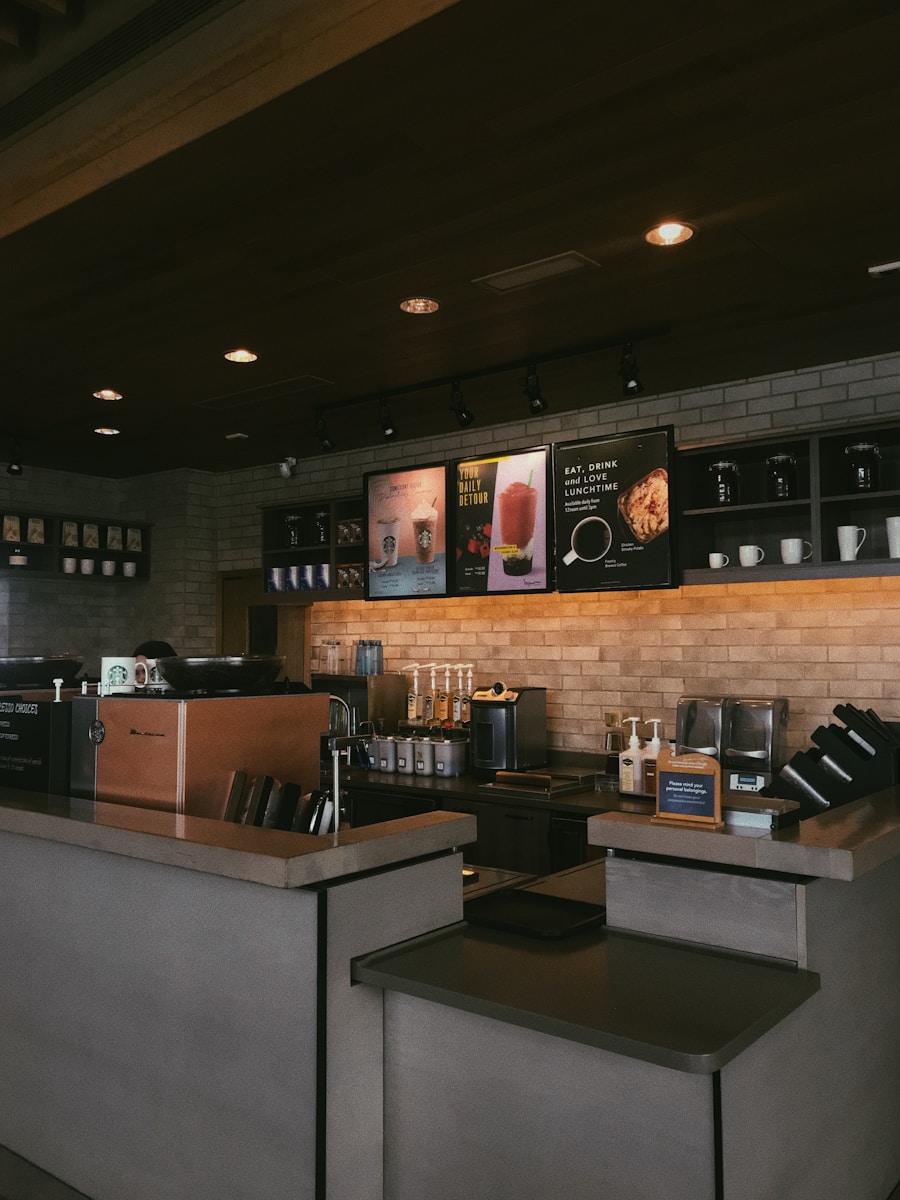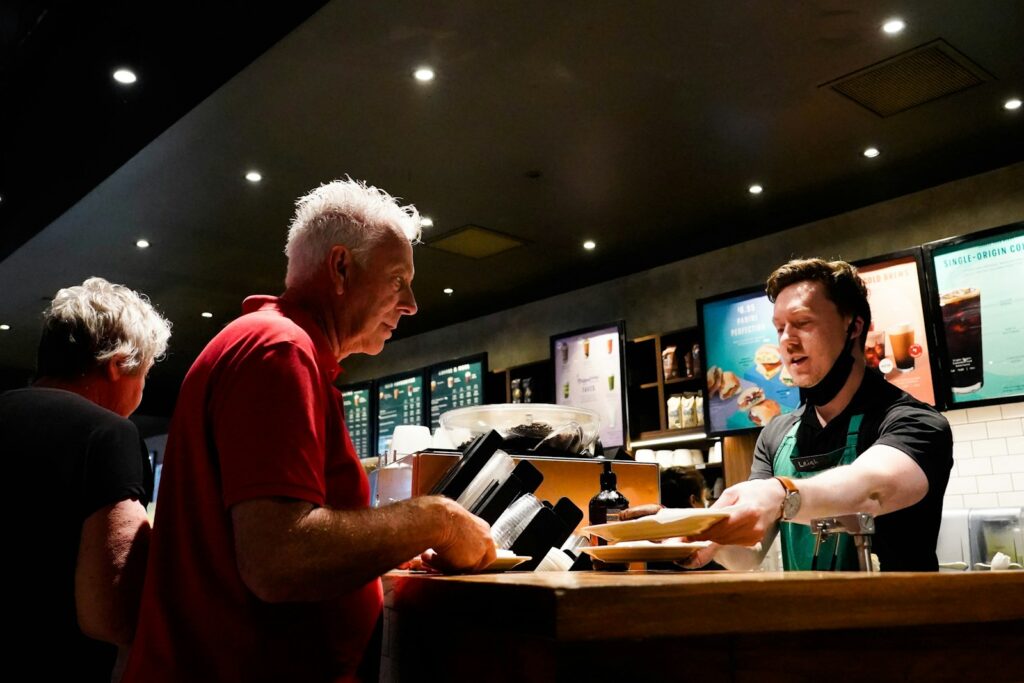
The iconic coffee house brand Starbucks is embarking on a significant technological leap, signaling a pivotal shift in how we experience our daily caffeine fix. Having long experimented with digital signage, the company finally decided in 2023 to transition all its stores to digital menu boards over the next couple of years.
This isn’t merely an aesthetic upgrade; it’s a strategic move born from years of observation and data-driven insights. Starbucks first tested a digital menu board in 2010, receiving a positive initial response. However, it was a deeper dive into data-driven personalization that truly cemented their conviction, delivering tangible and compelling results.
The rationale behind this extensive rollout is rooted in enhancing customer engagement and operational prowess. During a discussion about the third-quarter FY2023 financial results, Starbucks CEO Laxman Narsimha clearly emphasized that “the brand’s digital efforts, innovation, and personalization drive customer engagement.”
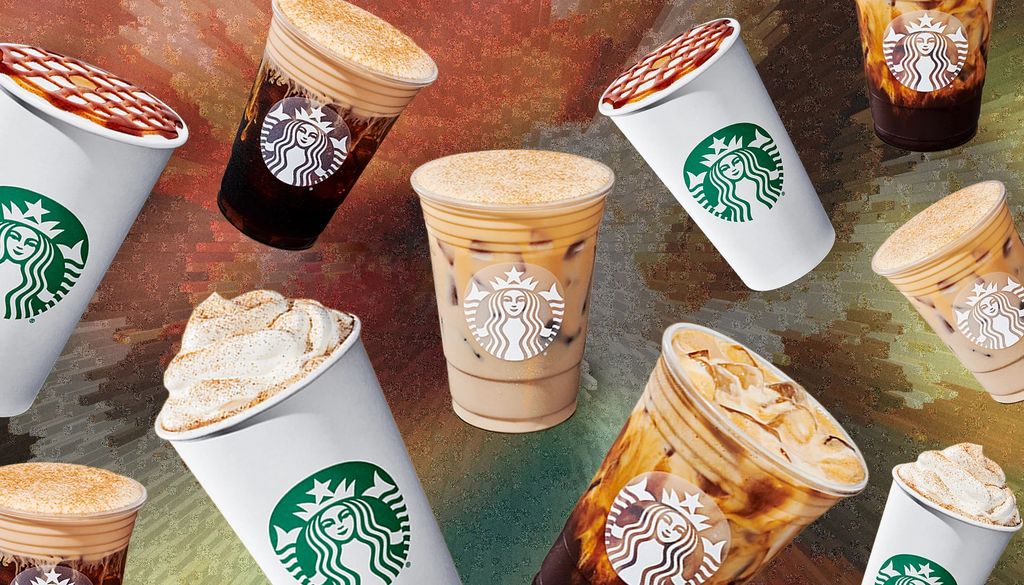
The impact on their bottom line and customer base has been substantial. According to a PYMNTS report, Starbucks saw a 9% year-over-year increase in engagement among high- and low-income consumers, alongside a 2% rise among middle-income diners. Furthermore, the company’s 90-day active membership soared by 25% to a remarkable 75 million, with a 15% increase in the U.S. alone, reaching 31.4 million members.
This monumental shift also resonates with evolving consumer expectations. As digital menu boards become increasingly prevalent across the quick-service restaurant (QSR) industry, customers are growing accustomed to this blend of technology and visual appeal. Starbucks’ adoption not only satisfies this burgeoning demand but also serves as a compelling blueprint for other businesses within the food industry.
Industry insights further underscore the power of digital displays. ResearchGate indicates that nearly 50% of sales can be attributed to digital signage, with a significant 40% driven by impulse buys. Moreover, Digital Signage Today reports that 80% of brands utilizing digital signage record a sales increase of up to 33%, highlighting the undeniable commercial advantages.
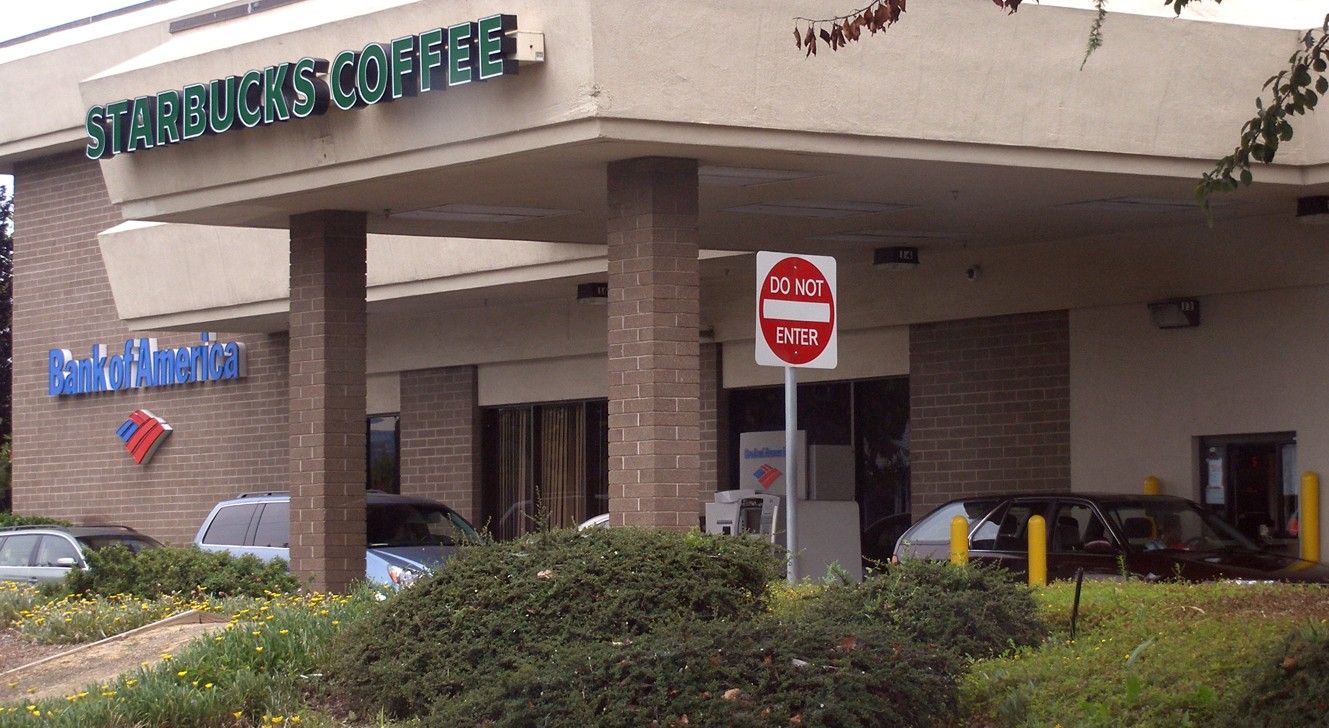
A significant part of this digital revolution is unfolding in Starbucks’ high-traffic drive-thru lanes. Recognizing the critical need to enhance service, boost sales, and streamline menu updates, Starbucks strategically partnered with Armagard for their outdoor digital menu boards. This collaboration aims to provide robust, visually appealing digital signage capable of performing reliably in any weather condition.
Starbucks installations are actively underway, with 20 drive-thru coffee lanes completed as of April 2022. The chain chose Armagard’s single and triple digital menu totems, with the single-screen units ideal for initial advertising at drive-thru entrances, and the triple-screen totems providing ample space to display a comprehensive, easy-to-read menu.
These outdoor digital solutions leverage advanced display technology, such as Samsung’s OHF displays, renowned for their resilience. With a NEMA 4 rating, these screens are protected against water and dust ingress, ensuring continuous advertising even in heavy rain. Their 2,500 NITS brightness guarantees content remains clear and readable even in direct sunlight, while IK10-certified glass offers protection against vandalism and accidental damage.
Armagard has installed approximately 50 units across 20 locations, with more in the pipeline as Starbucks continues to upgrade its drive-thru signage throughout the UK. While some sites initially opted for a mix of 46-inch and 55-inch OHF displays, the 55-inch screen has become the preferred choice due to its captivating size and enhanced visual impact.
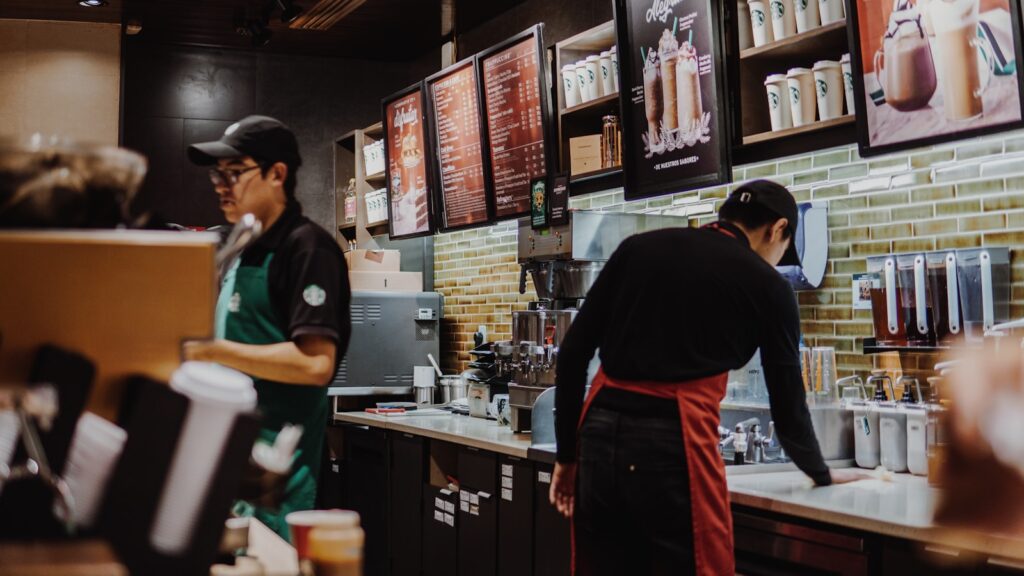
The benefits of these outdoor digital menu boards extend far beyond mere aesthetics. They empower coffee shops and QSRs to advertise consistently, regardless of weather, ensuring year-round revenue from promotions that stand out in all seasons. The screens operate reliably in temperatures ranging from -22°F to +122°F, supported by a built-in cooling system that enables 24/7 operation, crucial for round-the-clock drive-thrus.
Furthermore, these systems offer unparalleled convenience for staff. Armagard’s drive-thru kiosks facilitate easy menu changeovers, allowing content updates from inside the restaurant. This means dayparting—the quick swapping between breakfast, lunch, and dinner menus—becomes instant, saving countless hours annually that were previously spent on manual poster changes.
The totem design also offers flexibility in choosing media players. While some screens come with embedded system-on-chip (SoC) players, the totems’ climate-controlled compartment allows for the integration of more powerful, third-party media players. This provides additional flexibility and can even serve as a backup, ensuring continuous operation and profitability even if a primary player fails.
At the core of Starbucks’ digital strategy lies a deep commitment to personalization. Digital menu boards can proactively suggest personalized drink and food options, drawing from customers’ past orders and preferences. These recommendations are further refined by highlighting menu items popular in specific locations or regions, effectively catering to local tastes.
The integration with Starbucks’ loyalty program is a prime example of this personalization in action. Rewards members can scan QR codes via the Starbucks app to receive exclusive promotions meticulously tailored to their individual tastes and purchasing habits. This direct, relevant engagement has been shown to increase repeat purchases by 25%.
Contextual recommendations take this a step further, leveraging historical order data to trigger relevant suggestions, such as promoting nitro coffee to frequent cold brew buyers. This intelligent approach not only shortens customer decision time but also significantly boosts upsell opportunities, contributing directly to higher average order values.
Beyond personalized marketing, the digital boards are transforming operational efficiency. Real-time inventory management is a game-changer, as digital boards synchronize with backend systems to automatically hide sold-out items and suggest suitable alternatives, such as recommending Oatmilk Shaken Espresso if cold brew is unavailable. This dramatically reduces order errors and customer frustration, particularly during peak hours.
Speed optimization is another critical outcome. Integrated order status alerts, like “Order Ready in 2 Min,” minimize wait times by streamlining communication between customers and baristas. This clear, timely information cuts inquiry frequency by an impressive 40%, contributing to a smoother, faster customer experience.
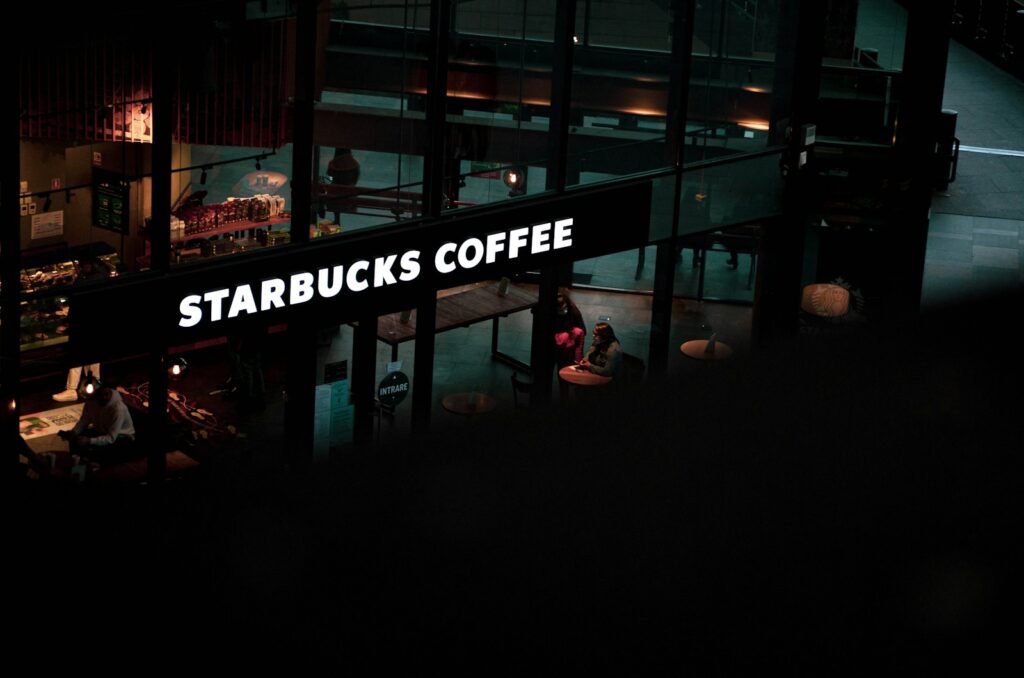
Starbucks is also forging a seamless omnichannel experience. The drive-thru digital menus are meticulously aligned with the brand’s “Mobile Order & Pay” ecosystem, enabling customers to pre-order via the app and pick up their items with unparalleled ease. This synergy is exemplified by collaborations such as the one with Gaode Map in China.
Dynamic content adaptation adds another layer of sophistication, with weather and time-of-day triggers automatically adjusting menu displays. Hot drinks might be promoted during rain, or afternoon bundles during off-peak hours, increasing the average order value by 18% through relevant and timely offerings.
The operational and cost benefits of this digital transition are substantial. Cloud-based centralized menu updates allow global promotions, such as holiday launches like the Pumpkin Spice Latte, to be deployed across over 30,000 stores in mere minutes. This revolutionary efficiency simultaneously reduces print costs by a staggering 60%.
Furthermore, the move aligns perfectly with Starbucks’ ambitious sustainability goals. Transitioning from paper to digital menus cuts paper waste equivalent to 1,200 trees annually, reflecting the company’s commitment to environmental responsibility and its 2030 sustainability targets.
This innovative approach also serves as a significant competitive differentiator. Starbucks’ drive-thru innovations, including Cambodia’s first digital drive-thru featuring two-way audio/video screens, profoundly enhance convenience and deepen brand loyalty. This proactive stance allows Starbucks to outpace competitors, even those with advanced systems like McDonald’s “Order Ahead Lane.”
The impact on revenue and customer satisfaction has been profound. U.S. stores reported a remarkable 30% revenue increase following the adoption of digital menus, with weather-triggered promotions alone contributing 15% of incremental sales. This data-backed success underscores the financial wisdom of the investment.

Customer satisfaction has similarly seen a significant uplift. Real-time inventory updates and thoughtful substitution recommendations led to a 42% reduction in customer complaints. Concurrently, the robust loyalty integration lifted brand loyalty scores by 28%, indicating a stronger, more positive relationship with patrons. Separately, an AIScreen study even revealed a 25% increase in customer satisfaction attributable to Starbucks’ digital menu board transition projected for 2025.
Looking ahead, Starbucks is exploring even more innovative avenues. Future plans include Augmented Reality (AR) integration, aiming to showcase coffee origin stories, such as those from Ethiopian farms, directly on menus. This deepens emotional connections by providing customers with a rich, immersive narrative about their beverages.
Predictive Demand Analytics, powered by advanced AI models, will forecast traffic patterns to optimize menu layouts. Imagine prioritizing iced drinks before anticipated heatwaves, a strategy designed to further reduce wait times and ensure maximum efficiency during peak demand.
For coffee shop owners inspired by Starbucks’ success, creating a digital menu board is a tangible goal. The first step involves selecting the appropriate screen. Many premium coffee houses, including Starbucks, opt for a vertical orientation, mirroring the feel of a traditional menu card. Screens like 46-inch or 55-inch displays with Full HD or 4K resolution and high brightness are ideal, especially for areas near windows or bright spots. For outdoor or drive-thru applications, robust solutions like the Melitron Pedestal Series are recommended, built for weather resistance and maximum durability, available in various configurations.

Once the hardware is chosen, the next crucial step is subscribing to a suitable software solution. Look for digital signage software that offers extensive customization, flexibility, and affordability. The software should provide a vast library of highly customizable templates, empowering creativity in design. Compatibility with existing hardware and POS systems is vital, allowing for seamless data transfer and hassle-free management.
Pickcel’s digital signage solution is highlighted as a versatile option for both small and large coffee houses, offering a vast library of pre-made templates and an intuitive Artboard for designing from scratch. It also provides dayparting and scheduling options, along with POS and billing integrations. Another strong contender, AIScreen, simplifies the process further, guiding users from account creation to connecting devices with a simple 4-digit code.
With the setup in place, the exciting phase of designing the menu board begins. Software solutions like Pickcel and AIScreen offer over 100 or even 1500 customizable digital signage menu board templates, coupled with inbuilt content editors. These tools allow for designing from scratch, adjusting size, orientation, and easily updating menu items, prices, and images with drag-and-drop functionality for instant content refreshes.
Finally, the designed menu board can be published or scheduled. Features like Pickcel’s calendar or AIScreen’s “Set & Forget” allow for scheduling future content, managing timing with ease, and automatically switching between breakfast, lunch, and dinner menus at pre-set times without any manual intervention.
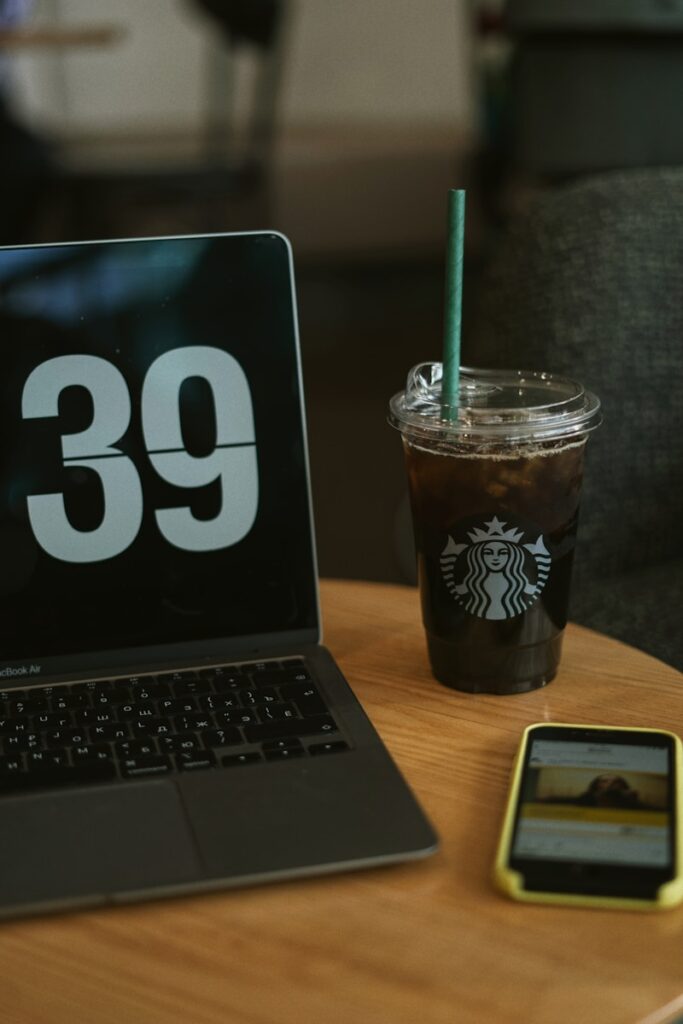
The overarching benefits of adopting digital menu boards are multifaceted. They significantly improve the customer experience through engaging visuals and easy-to-read layouts, providing real-time updates on availability and personalized recommendations. Digital signage is also reported to improve queue management and reduce perceived wait times by over 35%, according to Digital Signage Today.
Increased efficiency is a direct outcome, as digital menu boards allow for real-time updates, adapting quickly to customer preferences and seasonal trends without manual labor, thus optimizing operational processes and reducing costs. This agility translates into tangible savings and improved resource allocation.
Sustainability is another compelling advantage. Switching from paper to digital menu boards is an environmentally friendly choice, drastically reducing the carbon footprint associated with the production and disposal of paper. This aligns businesses with modern ecological goals and enhances their brand image as responsible entities.
Ultimately, digital menu boards serve as powerful tools for brand building and competitive impact within the coffee industry. They can effectively upsell products and specials, provide detailed descriptions, and consistently reinforce a brand’s modern, tech-forward image. Starbucks’ pioneering move could set a trend, encouraging other coffee chains to embrace similar technological advancements to enhance customer experiences and maintain competitiveness.
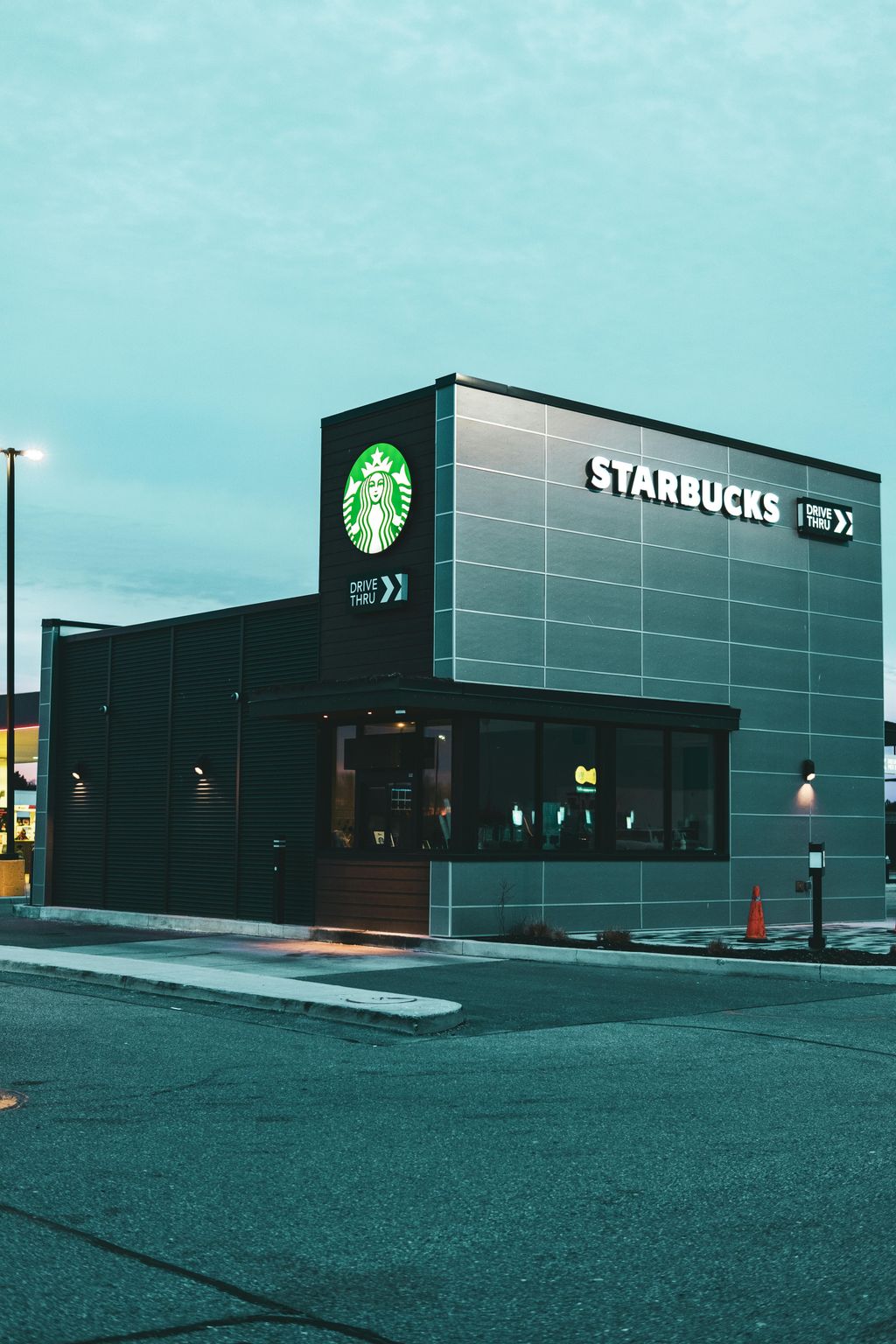
Starbucks’ transition to drive-thru digital menu boards represents a masterclass in strategic innovation, responding adeptly to the escalating demand for speed, personalization, and sustainability. By seamlessly integrating real-time data, loyalty programs, and omnichannel agility, Starbucks has not merely refined its drive-thru efficiency but has, in essence, established a new benchmark for the entire QSR industry. The future of your morning coffee run, it seems, will be brilliantly digital.

